lemon balm
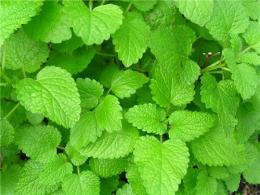
lemon balm a very common and famous plant. It began to be used as a medicinal product more than 2 thousand years ago and is still used today. True, currently, on an industrial scale, lemon balm is grown as a spicy aromatic plant. It is successful in preparing seasonings for salads, soups, fish, and game. Melissa is added to compotes, teas and even liqueurs. Many housewives use it when pickling for the winter: cucumbers with lemon balm become strong and crispy.
lemon balm very easy to care for and does not require any specific conditions: this plant can grow in one place for up to 10 years. It is usually grown from seeds or seedlings. Sowing is carried out in the spring, when the weather is warm, or in the fall before winter. In this case, it is desirable that the soil be nutritious and loose, preferably with a neutral pH.
Since lemon balm seeds are very small, it is not advisable to deepen them too much - a maximum of 1 cm. Or you can even scatter them on the surface of the bed. Seedlings are planted somewhere at the end of May, when the seedlings reach 5-10cm.
Lemon balm is considered drought-resistant plant. But if there is a lack of moisture, especially at the beginning of plant growth, the yield can drop significantly: the quality of the leaves deteriorates, and the lower leaves die off. With high soil moisture, there is a likelihood of disease development.
Lemon balm responds well for feeding. Usually a complex mineral fertilizer is used for these purposes, but you can also use folk remedies - a solution of mullein, bird droppings or an infusion of herbs.
Harvesting lemon balm is done before the plant blooms. The leaves and tops are cut off, which are then either dried in a well-ventilated area or consumed fresh.

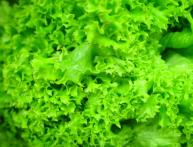
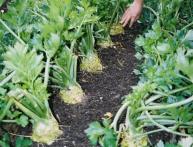
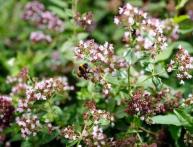
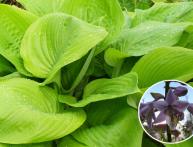
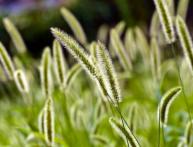
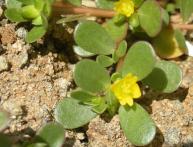
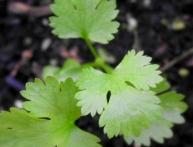

Comments
In my garden, lemon balm generally grows like a weed. I make absolutely no effort to grow it.